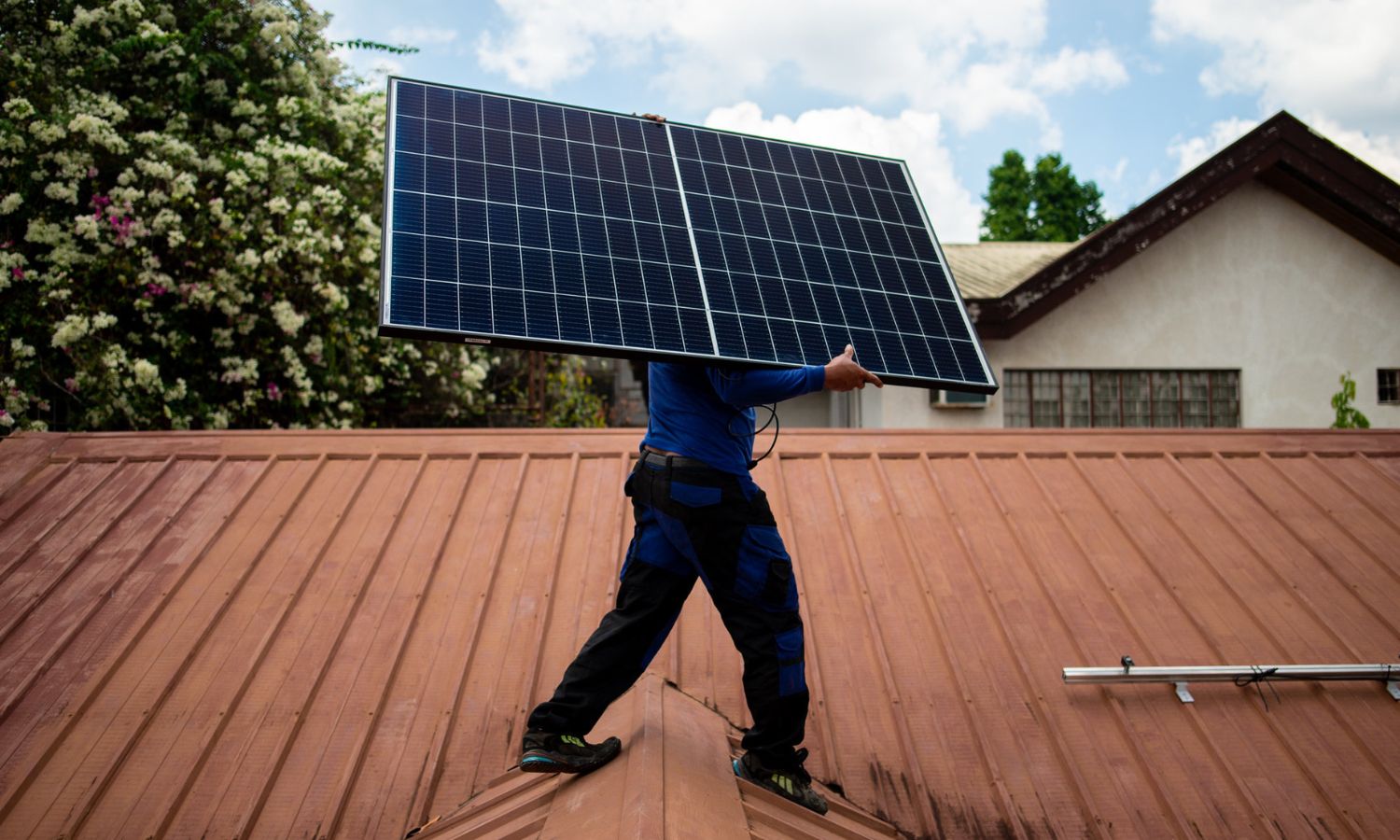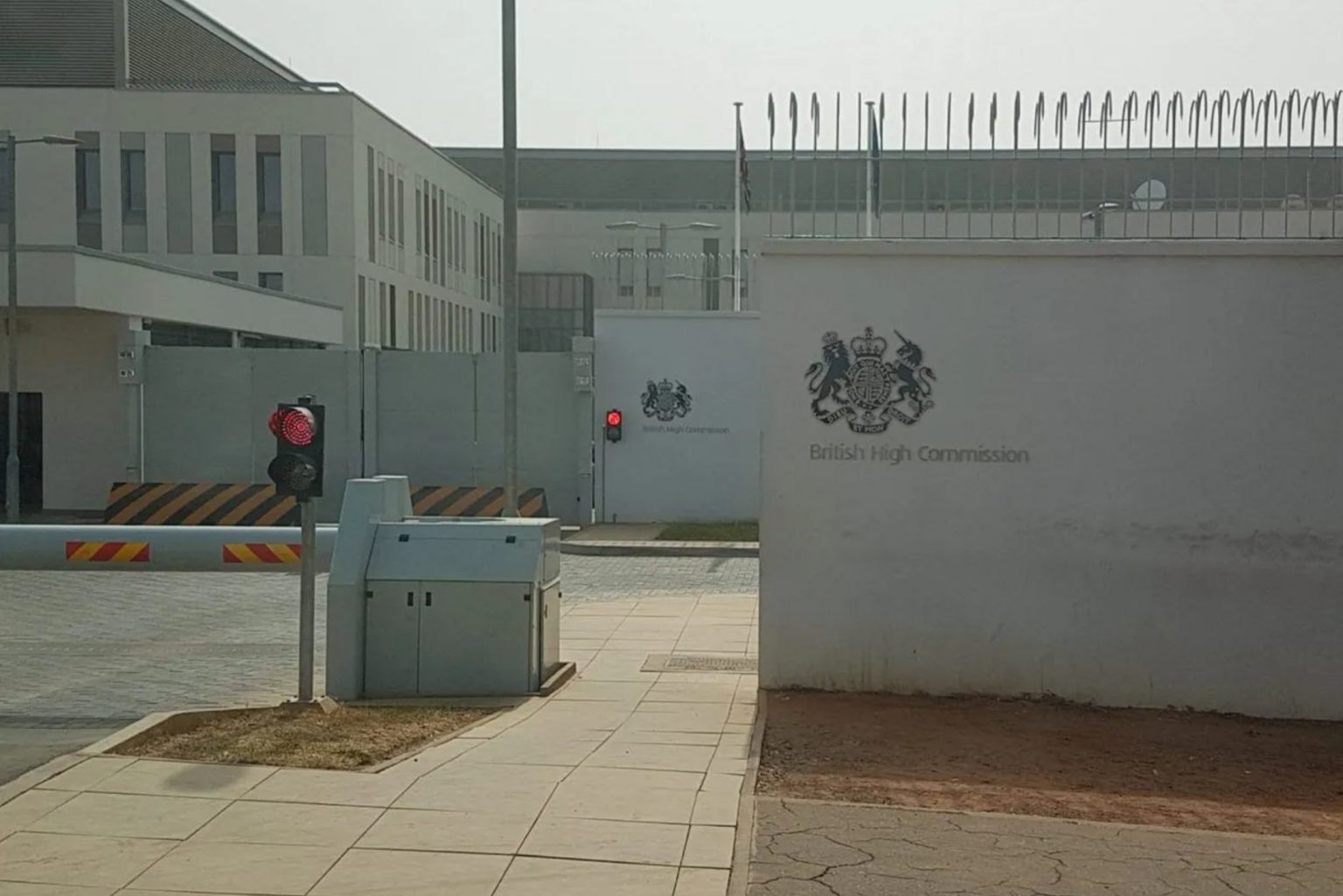
WHY SOLAR IS A GLOBAL BEST BET FOR RENEWABLE POWER GENERATION
Anyone familiar with climate change would understand that there is a massive ongoing shift to ensure that the power being provided to satisfy our daily energy requirements are sustainable and environmentally friendly. The reason for that is quite simple; the majority of our present means of power generation are sources of greenhouse gases (GHGs) which wreak havoc on the planet and are gradually making it less habitable for both humans, plants and animals. Without a doubt, when the earth becomes inhabitable, the human race would gradually go extinct, as our existence is hinged on and supported by planet Earth.
Thus, to remedy this problem, there has been a transition to cleaner power sources, particularly ones that are based on naturally existing resources like the sun, wind, and water. All of these sources are deemed to be renewable and have become the bedrock of the advancement in efforts against climate change. However, of all of them, Solar power is the source we have decided to focus on. To this end, it is important to show why solar is our choice and why it should be yours too.
WHY SOLAR?
- Ease of Availability: of all the most commonly known and adopted renewable sources of energy – including hydroelectric power (HEP), wind power, Solar power, and geothermal power – none is as widely and easily available as the source of solar power; the sun. The sun is almost everywhere and all you need to harness it are installed solar panels. By contrast, wind power can only be harnessed in places where there is a lot of wind power. As for hydropower, it is not enough that water is available, then, certain topographical features must be in place for it to be harnessed.
- Space Usage: of the three most common means of renewable energy, solar energy remains the most efficient in terms of space usage for the generation of power. For clarity, the generation of 1MW of electricity via wind turbines takes up as much as 50 acres on average. Meanwhile, generating the same 1MW through Solar PVs takes up just about 5 acres on average. As for hydroelectric power, the space used is far more than both. For instance, Lake Kainji which was created by the construction of the Kainji Dam takes up over 2,000sq miles! Asides from all of these, solar panels can easily be installed on roofs and bodies of buildings – an advantage that is not available to other forms of the listed sources of renewable energy.
- Regulatory Limitations and Liabilities: Although regulatory limitations as regards the various renewable means of power generation vary from one territory to another, Solar power plants still appear to be the ones least affected by bureaucracy. Asides from that, in the event of faults, collapse or damage, solar PV plants are very likely to incur the least liability. For instance, if a dam collapses, it would flood the surrounding areas and destroy properties, leading to problems for its builder who will most likely be sued by affected people. On the other hand, solar PV plants would not have to grapple with such problems.
- Urban Usage: As a result of their usage of space and flexibility of adoption, solar PVs take the spot for utilization in urban centres. This advantage is particularly considered important because energy demands are more in urban areas as a result of their high population and level of activity.
Conclusion
In conclusion, it is important to emphasize that all the sources of renewable energy have their pros and cons. As such, there is no ‘automatic, best source of renewable power generation. However, given the factors considered above, which we find extremely important, solar energy edges out the other forms of energy. In short, the best source of renewable energy is significantly based on context.







